In the realm of economics, few concepts are as influential and enduring as the "invisible hand." Coined by the renowned Scottish economist Adam Smith in the 18th century, the invisible hand plays a pivotal role in shaping not only economic theories but also investment strategies and market dynamics. In this article, we will explore the concept of the invisible hand in economics, its implications for investment decisions, and its enduring significance in the world of finance.
Understanding the Invisible Hand:
The invisible hand is a metaphorical concept introduced by Adam Smith in his seminal work, "The Wealth of Nations," published in 1776. At its core, the invisible hand represents the idea that in a free-market economy, self-interested individuals pursuing their own economic interests unintentionally contribute to the overall well-being of society. Smith argued that individuals seeking to maximize their own wealth and well-being, guided by self-interest, inadvertently promote the greater good of society as a whole.
Key Principles of the Invisible Hand:
To understand the invisible hand fully, let's explore its key principles:
Self-Interest: The invisible hand hinges on the premise that individuals act in their own self-interest. In the context of investments, this means investors aim to maximize their financial gains and minimize losses.
Competition: Smith emphasized the importance of competition in markets. When individuals or firms compete for resources, customers, or opportunities, it drives efficiency, innovation, and better outcomes for consumers.
Market Forces: The invisible hand operates through market forces such as supply and demand. Prices adjust based on these forces, signaling to producers and consumers where resources are needed most.
Resource Allocation: As individuals and businesses pursue their self-interest, resources are allocated efficiently across the economy. Resources flow towards areas where they are in high demand and command higher prices.
Implications for Investment Decisions:
The concept of the invisible hand has several implications for investment decisions:
Market Efficiency: The invisible hand suggests that markets tend to be efficient in allocating resources. Investors can benefit from this efficiency by making informed investment decisions based on market signals.
Diversification: The invisible hand also underscores the importance of diversification in investment portfolios. By spreading investments across different assets, investors can reduce risk and capitalize on market opportunities.
Long-Term Perspective: Investors who take a long-term perspective align with the invisible hand's idea that self-interested actions contribute to societal well-being over time. Long-term investing can harness the power of market forces and compounding returns.
Risk Management: Understanding the invisible hand's role in market dynamics can help investors manage risk. A well-diversified portfolio and a focus on fundamental analysis can mitigate the impact of short-term fluctuations.
The Enduring Significance of the Invisible Hand:
Despite being introduced over two centuries ago, the concept of the invisible hand remains highly relevant in today's global economy. It continues to shape economic theories, guide investment strategies, and influence policy decisions. From the principles of market competition to the efficient allocation of resources, the invisible hand serves as a foundational concept for understanding how markets work and how investors can navigate them.
In conclusion, the invisible hand in economics is a concept that underscores the power of self-interest, competition, and market forces in driving economic prosperity. In the context of investments, understanding the invisible hand can inform sound investment decisions, emphasizing market efficiency, diversification, and a long-term perspective. As investors and policymakers grapple with economic challenges, the invisible hand remains a guiding principle in shaping economic and investment strategies for the benefit of society as a whole.

